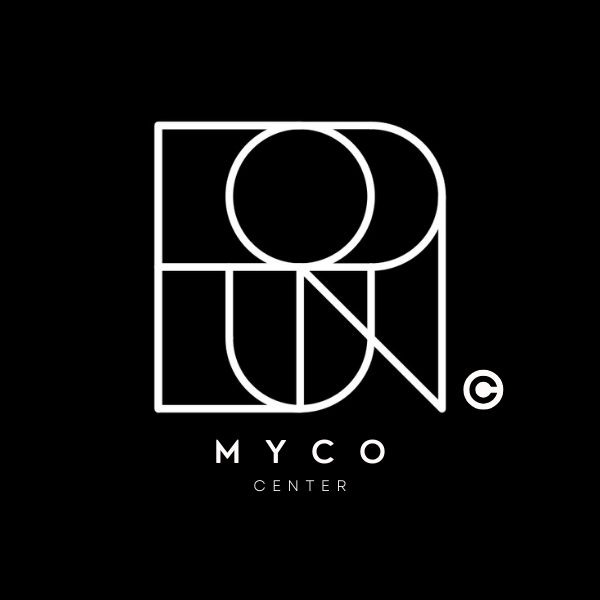Substrate
A mushroom substrate is a material that mushroom mycelium can grow and establish itself in. The substrate provides mushrooms with the nutrients, moisture and energy they need to grow and fruit.
There are a variety of different substrates that growers use. Different species of mushrooms have their own preferences. So it’s important to match your mushrooms with the correct substrate to have the best chance of success.
What Makes a Good Mushroom Substrate?
A good substrate is dense in woody, fibrous materials like lignin, cellulose and hemicellulose. (These contain a lot of carbon, which is the main food source for your mycelium.) Here are a few important things to keep in mind when choosing a substrate:
- Your substrate needs to have 1 to 2 percent nitrogen. Most substrates (like sawdust or straw) need to have additional materials added to them to reach this threshold.
- Your substrate needs to contain a small amount of magnesium, potassium, calcium, sulfur and phosphorus. Most raw substrates already contain these minerals, but this does vary depending on where the material came from. You’ll likely need to experiment here to see if you need to supplement with additional minerals.
- Your substrate needs to be slightly acidic, with a PH level of about 5 – 6.5. (Some mushrooms, like oyster mushrooms, can tolerate a PH up to about 8.)
- Your substrate needs to have a good structure to enable air exchange. This is necessary for the mycelium to colonize well.
- Your substrate needs a moisture content of 50-70%.
- . Finally, your substrate needs to have an absence of competing organisms. This provides a blank canvas for your mushroom mycelium to thrive.
Preparing Substrate
Before a substrate can be inoculated with mushroom spores or mycelium, first it needs to be prepared. Water will need to be added to the substrate and it may also need to be amended with extra nutrients.
Mushroom substrate can be placed in a variety of containers. For commercial growers, it’s most common to pack substrate into large clear plastic bags. Home growers may prepare mushroom substrate jars, from mason jars or other small containers, or pack substrate into buckets.
Once your substrate is pasteurized or sterilized and in its final container, then it’s time to inoculate with mushroom spawn or spores to start the growing process.
You will know everything has been done correctly when you start to see signs of colonization, or the mushroom’s mycelium growing and spreading throughout the substrate.
The mycelium will need weeks or potentially months to decompose the substrate and spread completely throughout it. Once colonization is completely finished, the entire substrate will be covered in mycelium. At that point it’s ready to fruit.
